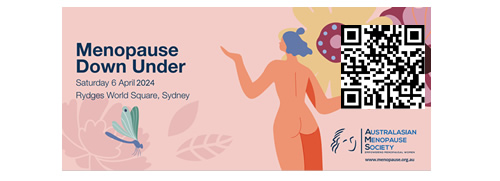11 October 2017:
North American Menopause Society (NAMS) Annual Meeting
Presentation on approaches for evaluating diagnostic and treatment options
If you're postmenopausal, you shouldn't be bleeding. The very definition of menopause is having gone more than 12 months without a period. So if you're still bleeding, something is wrong. Determining the seriousness of the problem and treating it, is not always evident.
A number of conditions can lead to postmenopausal bleeding. Some of these conditions have few health consequences, while others could lead to cancer of some kind. Cancer of the endometrium is the most common type of gynecologic cancer in the US. In 2017, more than 60,000 cases of this cancer will occur, causing an estimated 10,470 deaths. Vaginal bleeding is the primary symptom in more than 90% of postmenopausal women with endometrial cancer, although the cause of bleeding for most postmenopausal women will be something much more benign, such as thinning of the vaginal walls or uterine lining as a result of fluctuating hormone levels. Depending on risk factors, 1-14% of women with postmenopausal bleeding will have endometrial cancer.
With such high stakes, there is a need to establish a standard of care that strives for 100% accuracy in correctly diagnosing the cause of the bleeding. In the past 25 years, the standard has changed substantially as new diagnostic techniques have been introduced, although no single method has proven appropriate for all patients.







